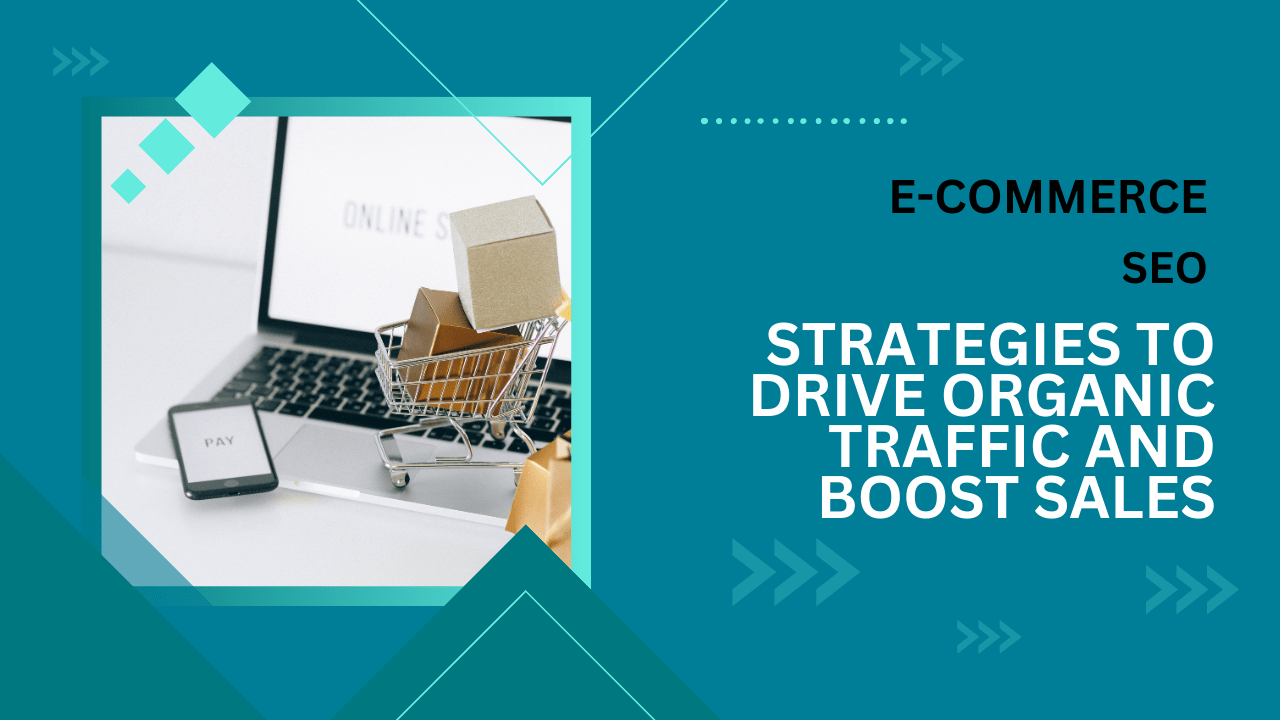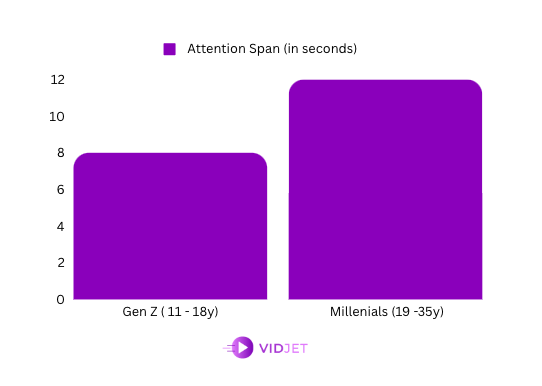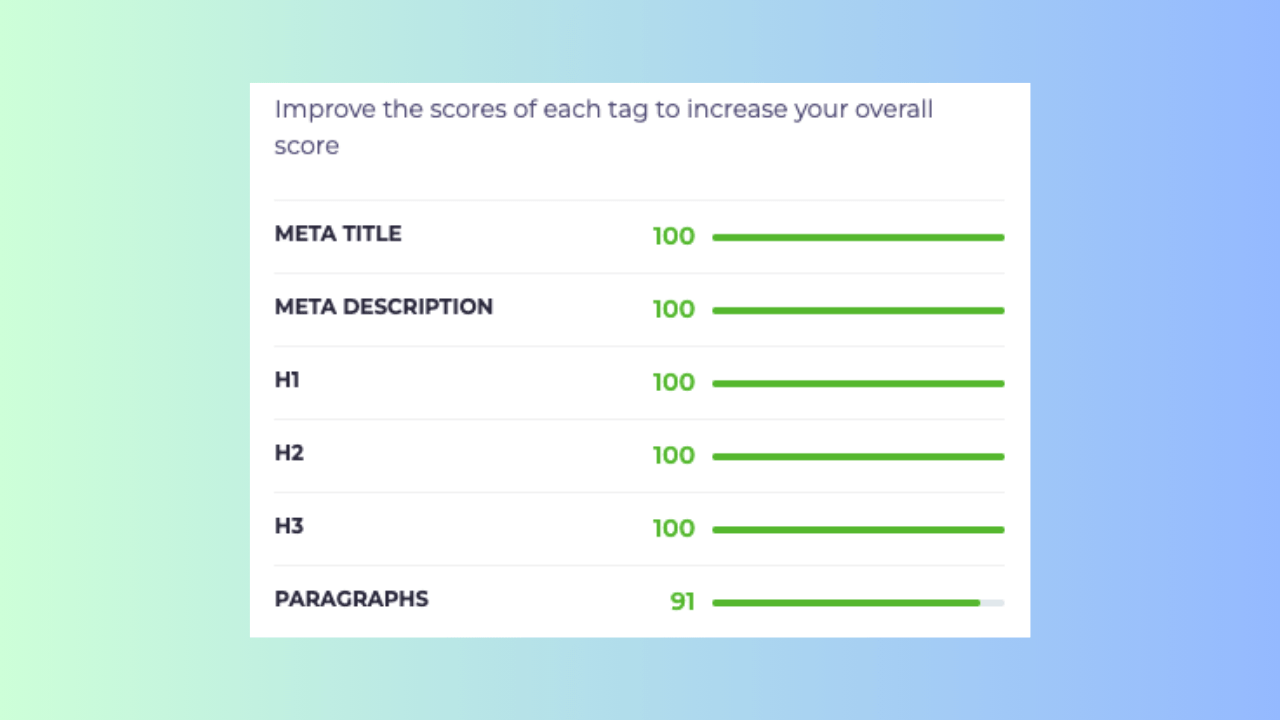
————-
Understanding Strategies to Drive Organic Traffic and Boost Sales
Introduction
With the introduction of online shopping and digital marketing, the e-commerce market has been at the forefront of the retail industry, successfully targeting the new generation of customers. Research shows that gen-z has an attention span of a mere 8 seconds, with millennials not far behind at 12 seconds. 
Alt text: Image showing graph of attention span.
With these dynamic changes rapidly taking over the e-commerce market in the 21st century, the success of businesses within this environment are dependent on visibility and reach. In today’s market, it isn’t profitable to solely have a winning product within the market, but instead a creation of an engaging and interactive experience through which your customers can not only find you but also build a sense of loyalty towards your brand. This is where search engine optimization, comes into action.
With search engines developing to be the sole gateways for e-commerce stores, SEO is crucial for customers to maximise the fruits of their potential opportunities. Continue reading as we delve further into the different strategies and tools that can be implemented in order to grow your brand’s reach organically.
By the time you are done reading this article, you will have a roadmap to success which will not only allow your brand to, thrive but also increase traffic to your digital shopfront with a potential to convert these individuals into loyal consumers.
Decoding E-Commerce Search Engine Optimization
Understanding the importance of SEO in E-commerce strategies
In the digital age, where online shopping is rapidly becoming the preferred method of commerce, understanding the importance of SEO is crucial for businesses aiming to thrive in the e-commerce sector. In simple words, it can be understood as optimising your digital shopfront in order to enable it to rank higher when searched of on search engines. Though it essentially seems more technically driven, it is the essential building blocks of the strategy.
Brand Visibility
When it comes to e-commerce brands, online visibility is the holy grail. With the implementation of, SEO, brands have the ability to increase the discoverability of their goods by potential consumers when they search the web for products related to the industry your respective brand is practising in. If not implemented effectively, it is almost impossible for potential customers to discover your brand.
Website Traffic
In addition to visibility, SEO provides brands with a cost-effective platform to drive organic traffic towards your website. The most frequently used characteristics of SEO are both on and off-page SEO, optimization through search terms, etc, all of which serve as effective alternatives to financially dense advertisements. As a result, a noticeable increase in website ranking, due to the increase in organic traffic.

Alt text: Image showing web traffic
User Experience
As mentioned during the explanation of SEO, a majority of this strategy is focused towards enhancing the experiences created by a brand towards the interaction with their consumers. While it’s important to get consumers to your website, the second aspect of SEO is ensuring their experience while engaging with your online store is enjoyable. Keeping these in mind can lead to an increase in organisational revenue.
Trust
When a product or service is searched for on any search engine, it is inferred that the results that show up first are often perceived by individuals as a credible source. By implementing SEO effectively, your brand can establish itself as a trustworthy authority within your targeted landscape.
Competitive Advantage
The final aspect is the competitive advantage your brand may experience with the right implementation of SEO strategies. With all the above characteristics creating room for your brand to stand out, it is evident that, SEO can keep you a step of the game.
Thus, we can understand that search engine optimization is not merely a strategy for businesses but rather a necessity, in order to ensure that your brand receives the visibility it needs for its products.
Difference between E-commerce SEO and general SEO
When it comes to the fundamental concept of search engine optimization, it is important to understand the fine line differentiating between search engine optimization for standard websites and for ‘e-commerce’ sites specifically. In order to optimise your SEO strategy for e-commerce stores, here are a few important differences:
- Product Pages
The first point of difference is that unlike generic websites, e-commerce digital shopfronts have various product pages for their diversified, product/service portfolio. By focusing on optimising these individual product pages with the use of ‘keywords optimization’, and optimised product descriptions can increase the visibility of your brand through this unique product pages. Thus, in simple words, generalised SEO is more focused on content rich pages while SEO in e-commerce is focused on giving attention to optimising individual product pages. - Category Pages
Keeping these ages in mind, another feature of e-commerce stores is the fact that the website and products are segmented into categories holding similar products. With a focus on optimizing these pages, hosting product categories can ensure a user and SEO friendly experience, while general SEO doest require for a focus on segmentations. - Structured Data
A notable trend within the SEO landscape is that it requires feeding accurate data focused on product characteristics such as product descriptions, user rankings, price and deliverability. However, in generalised SEO it isn’t essential to provide such in depth details. - E-commerce-Specific Tools
General SEO often can be implemented on its own however, e-commerce SEO requires the implementation of numerous tools, be it content management systems or analytical tools, in order to manage product data as well as measure the impact of these SEO efforts.
Exploring optimization and Keyword Strategies
Significance of keywords in search engine optimization
As mentioned throughout the article, when it comes to driving organic traffic through seo, keywords form the founding blocks of the strategy. In simple words, they represent the specific terms users may use in search engines while looking for products or services. Tips to remember:
- Relevance
The most critical aspect, in enabling your consumers to find your brands website with ease, is ensuring that the keywords used are relevant to your products as well as the potential user searches. - Ranking
Leading search engines, such as google search, rank websites based on the extent to which, their keywords chose are optimised to match their product description and promotional content. This gives brands the potential to increase their visibility. - Intent
Following relevance closely we have intent, keywords enable brands to understand the intent behind the products or services that consumers may be looking for. This gives brands an insight into the search queries, allowing you to tailor your offerings to meet your customer’s needs. - Competition
Finally, we come to the competitive aspect, every e-commerce organisation is actively competing to use the ideal keywords that users interact with, by ensuring that the keywords chosen by you are easy to find as well as targeting niche audiences allows you to thrive in this competitive arena.
Strategies to identify keywords successfully
Keywords are a simple concept to grasp yet complicated when it comes to optimising them. Let’s delve into the simple concepts behind this keyword optimisation
- Keyword Research Tools
The first strategy would be to implement the use of keyword analytical tools in order to identify numerous metrics that can be used to your advantage. Tools such as google keyword planner, SEMrush, etc, provide brands with insights on their competition, the search volume for their respective brand as well as related keywords, all when analysed and acted upon can provide a successful SEO strategy. - Competitor Analysis
The next step would be to identify the keywords being used by rival brands in order to strategically identify potential gaps in marketing that could be exploited by your brand. - Long-tail Keywords
In simple terms, long-tail keywords can be understood as highly effective longer search phrases that visitors are more likely to utilize when on your brand’s page. These are often specific to their demands and less competitive. By effectively optimising your product pages to target, these can generate significant sales organically. - User Surveys and Feedback
Another strategy that can be implemented in order to create a well-rounded SEO strategy is, generating insights tailored to your brand through the collection of data from your clients as well as guest visitors on your website. This feedback can be used to collect phrases that may be unique to customers and can further be incorporated into your strategies

Alt text: Image showing SEO Optimisation
How to optimise your strategy, with content and product descriptions
Now that we have an understanding of identifying and optimizing your keywords to promote a successful strategy, let’s look at a few pointers in order to optimise not only your product pages and descriptions, but also your related content.
- High-Quality Content
The first step is to create visually appealing content that can integrate seamlessly with your keywords without lacking on the engagement front. This content should be focused on engaging your targeted demography with knowledge about your products. These could include blog posts, reviews providing help, or even visual infographics. - Title Tags and Meta Descriptions
By implementing your researched keywords into product title tags as well as product meta descriptions can significantly increase your click-through rates when searched for. - Mobile Optimization
A majority of today’s population utilises mobile devices over laptops and computers. Through ensuring that your content is optimised to create a mobile friendly experience, your brand has an increased opportunity to target larger audiences. - Regular Updates
The final aspect of this strategy is ensuring consistency. It is critical for brands to regularly analyse and change their keywords in order to remain relevant in this dynamic digital landscape.
On-site SEO strategies for growth
Meta Descriptions, Title and Header Tags
Another important aspect to consider is on site SEO essentials consisting of title tags, header tags and meta descriptions. Meta descriptions, can be understood as concise summaries in the viewable section of search results. Title tags are, essentially, a depiction of the product page’s main subject. Finally, header tags tend to offer means of structure content that optimising content for not only search results, but also for users themselves. With a careful strategy focused on implementing these elements in addition to strong keywords, brands can significantly boost their click-through rates, and further improve their brand visibility.

Alt text: Image showing Meta Title, description and headers.
Optimising image searches using Alt text
Alternative text is another essential element in optimization. ‘Alt-text’ enables brands to optimise, their visual images in addition to keywords in order to boost searches through different channels. These Alt texts, allow brands to bring in traffic from other channels such as google images etc.
Internal links and external links
The final element, yet crucial to driving growth, is internal links and external links. Internal links can be understood as links that connect your site’s pages referencing it to your sources, while external links often a time are a reflection of authoritative sources. A blend of both internal and external links can boost your digital shopfronts’ credibility while cultivating an effective SEO strategy.
Conclusion
In conclusion, this journey has provided you with the knowledge to create a effective roadmap that would help your branch achieve success through SEO. With a know how of the distinctive requirements of digital commerce, how to compile a list of essential keywords and on site SEO strategy placement in order to be prepared to answer the call for boosting organic traffic and sales. While this is theoretical, it is essential to remember the practical elements of SEO, in order to help your brand prosper in this fiercely competitive e-commerce landscape.




